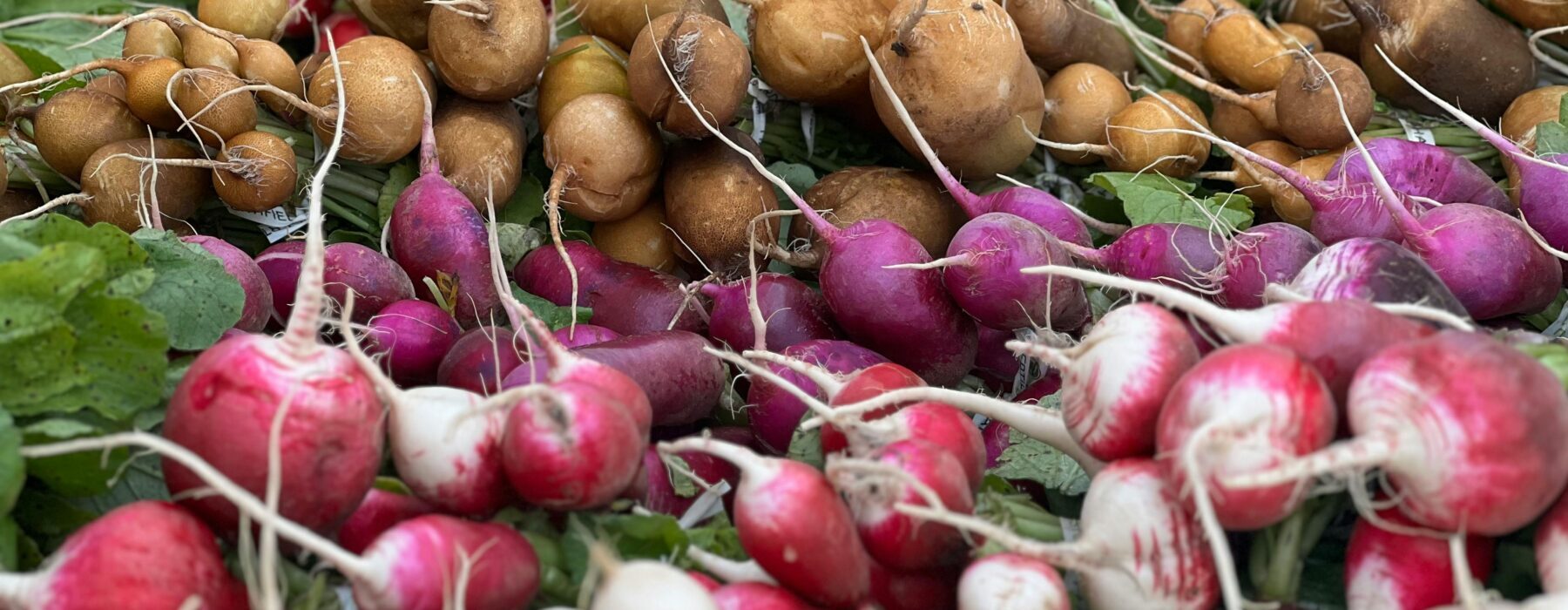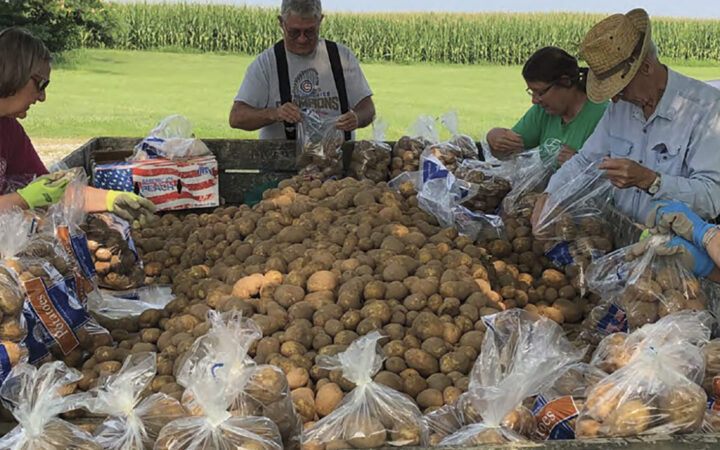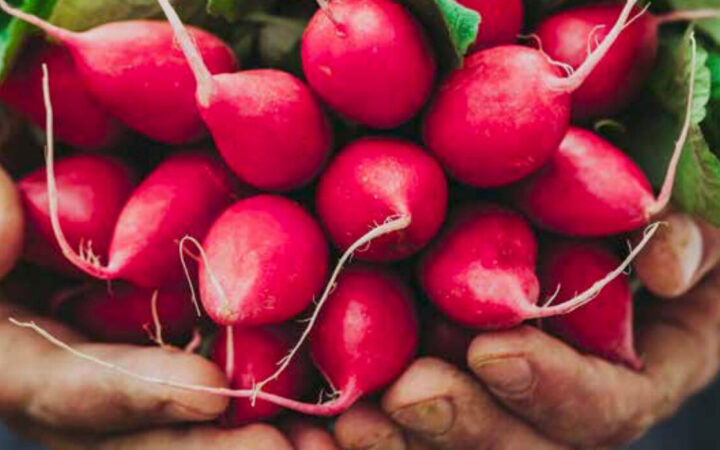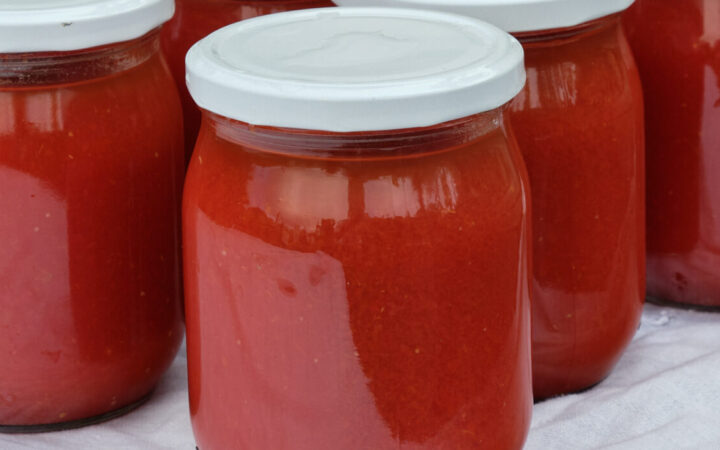This report recommends programs and policies that would increase fresh food donations from gleaning organizations to nonprofit distributors.
Introduction
In 2014, the United States Department of Agriculture National Agricultural Library (USDA-NAL) supported the launch of the National Gleaning Project (NGP), housed at the Center for Agriculture and Food Systems (CAFS) at Vermont Law School, for the purposes of researching and reporting on gleaning efforts around the nation. The NGP’s goal is to address both the legal and non-legal barriers that gleaning organizations encounter. In doing so, NGP has explored ways to incentivize food donations and address liability concerns of growers, gleaners, and nonprofit distributors (e.g., food banks, food shelves, or food pantries).
Consistent with that purpose, this Report recommends programs and policies that would increase fresh food donations from gleaning organizations to nonprofit distributors. Improved financial, administrative, and legal support for gleaning operations will result in increased fresh food donations to food insecure families and reduced food waste in the United States.
Methodology
The term “gleaning” can encompass a variety of food recovery practices. The NGP adopts the definition of gleaning that is consistent with the Bill Emerson Good Samaritan Food Donation Act (Bill Emerson Act)—harvesting donated agriculture crops for a nonprofit food distributor or the needy. The NGP conducted extensive primary and secondary research, interviewing and surveying over 60 gleaning organizations that conceptualize the term “gleaning” differently depending on their operations. In each case, however, the organization harvested fresh produce from farm fields, gardens, or fruit trees.
Between 2014 and 2016, the NGP interviewed 40 gleaning organizations around the country to learn about different operational models, as well as the legal and non-legal challenges organizations face. In addition, the NGP received survey responses from 87 gleaning organizations around the country. The survey measured: (1) pounds and types of produce gleaned or recovered in 2016, (2) volunteer involvement, (3) staffing capacity, (4) challenges to gleaning efforts, and (5) interest level in educational resources and collaborative opportunities.
In addition to contacting gleaning organizations directly, the NGP also conducted a legal analysis of the laws that affect gleaners, such as the Bill Emerson Act, the Food Safety Modernization Act, national and state tax incentive programs, and food donation liability laws in each of the 50 states. This white paper will first provide background information on the current legal landscape and the work that gleaning organizations conduct. Then this white paper will discuss the challenges gleaning organizations face and provide recommendations to address those challenges.
Acknowledgements
This Report was produced by Vermont Law School’s Center for Agriculture and Food Systems (CAFS) with funding from the National Agriculture Library, Agricultural Research Service, United States Department of Agriculture.
CAFS wishes to express its appreciation to Professor Laurie Beyranevand whose research helped inform the Report’s conclusions. CAFS also wishes to thank Leslie Lagomarcino, Esq., CAFS Fellow in Practice, and Professor Laurie Ristino, Director of CAFS, for editing the manuscript.
Special thanks to After the Harvest, Boston Area Gleaners, and Food Forward for providing the photographs for this report.
Of course, any errors, omissions, and/or opinions are solely that of CAFS and do not necessarily reflect the position of the federal government.
Suggested Citation
Reducing Food Insecurity and Food Waste: Improving the National Framework to Support Gleaning Operations, The Nat’l Gleaning Project (2017), https://nationalgleaningproject.org/wp-content/uploads/2018/12/NGP-reducing-food-insecurity-and-waste.pdf.



